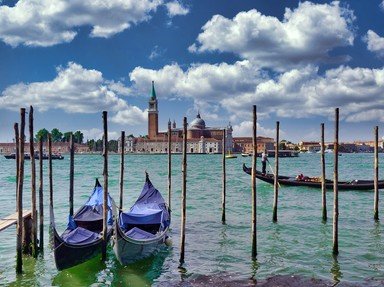Quiz Answer Key and Fun Facts
1. Seeing part of the Adige River on a budget. (6 letters)
2. Did Ms Nightingale begin her nursing activities in this Tuscan city? (8 letters)
3. My mixed up brother's daughter takes five on her visit to this city on the Adriatic. (6 letters)
4. Baloney - that's a sausage from the Emilia-Romagna region! (7 letters)
5. Greek letter then returns as the site for a tilted edifice. (4 letters)
6. Planes scrambled in the vicinity of Vesuvius. (6 letters)
7. Columbus said 'Remove me from part of the genome, a study to be avoided!' (5 letters)
8. Cut short the odd main learning objectives about soccer from A.C. or Inter perhaps. (5 letters)
9. No go in touring this city in search of the shroud. (5 letters)
10. I've heard this is what the buffalo do here when they're home on the range. (4 letters)
Source: Author
MikeMaster99
This quiz was reviewed by FunTrivia editor
spanishliz before going online.
Any errors found in FunTrivia content are routinely corrected through our feedback system.
